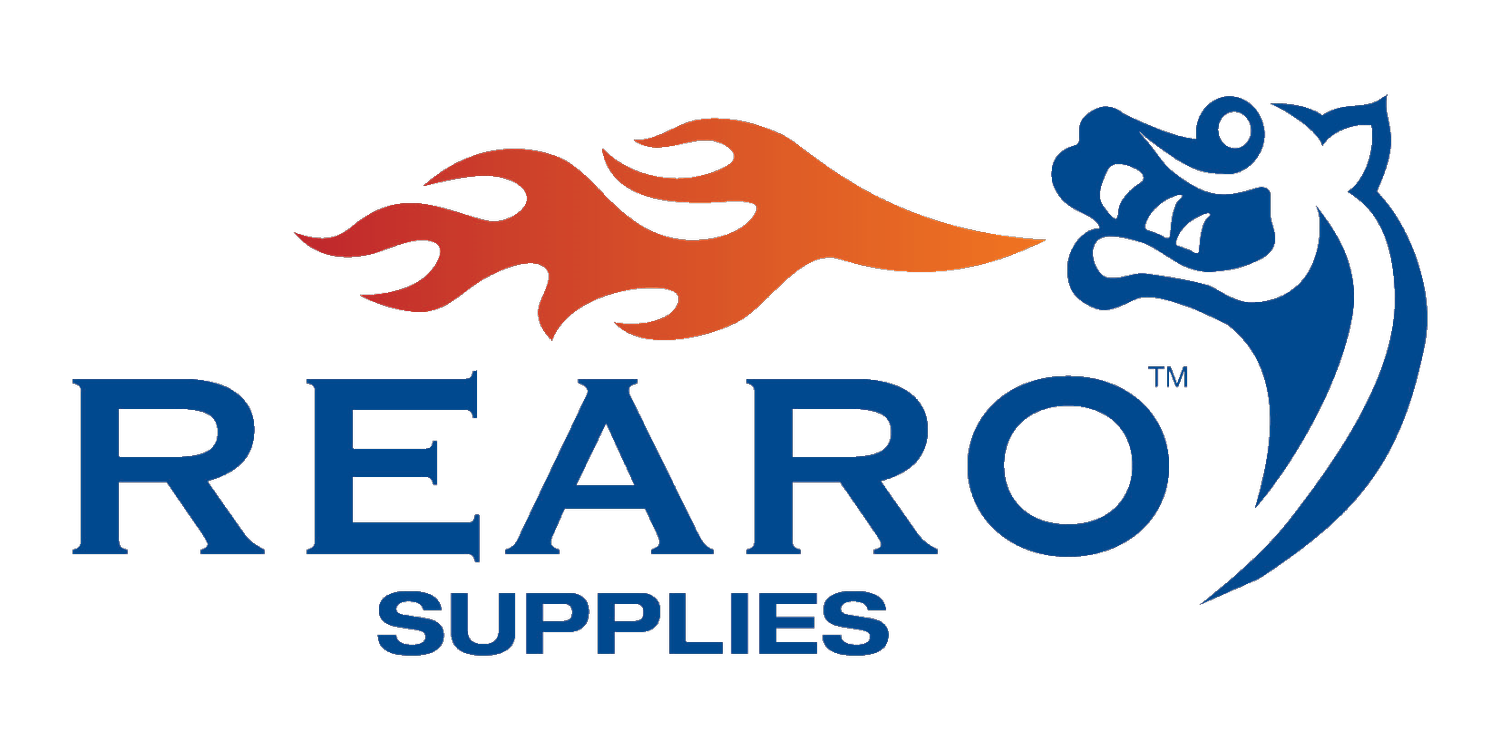Safety Information and Instructional Videos
All of the safety information for LPG found on this page has been taken from the Calor Gas website. If you require any further information or reassurance, please either check their website at calor.co.uk, phone us on 01595 692807 or email us at gas@rearo.co.uk.
Safety Guidelines
Always turn your portable heater off before leaving your property or going to bed
Ensure all the component parts of your heater are well maintained, including the regulator hose and hose connectors
Do not use aerosols or flammable cleaning liquids/sprays in close proximity to the heater
Avoid sitting or standing too close to the heater
Always ensure that the room is well-ventilated, and open a window if it becomes stuffy to allow fresh air to circulate
Always follow the manufacturers guidelines carefully
Ensure that the position of your heater is away from any flammable materials and is not blocking any escape routes
Never place clothes or other items over your heater
Do not move your heater whilst it is in use
Portable Gas Heater Safety & Connecting
Connecting a gas bottle to a portable heater
Disconnecting a gas bottle from a portable heater
What to do
Ensure you have the right gas bottle for your BBQ
Check over your BBQ, gas bottle, and hose for any sign of damage before use
Change gas bottles outdoors, away from any sources of ignition
Make sure that the hose is properly attached before igniting the BBQ
Keep children and pets away from the cooking area
Turn off the regulator first after cooking, to ensure any residual gas in the hose is used up
Clean the BBQ and ensure any fat or oil deposits are removed from the hose and gas bottle before storing them
Ensure the BBQ has cooled down before attempting to move it
BBQ Safety & Connecting
What not to do
Use a BBQ indoors; including inside a tent or marquee
Put combustable materials such as umbrellas near a BBQ
Position the gas bottle under the BBQ - to the side is fine
Smoke whilst changing the gas bottles or operating the BBQ
Use a BBQ on unlevel or shaky ground
Leave the BBQ, hotplate or grill unattended
Move the BBQ whilst it is alight
Leave the regulator in the 'On' position whilst the BBQ is not in use
How to connect your gas BBQ
How to disconnect your gas BBQ
Written Instructions
Connecting
Turn the valve hand wheel off by turning it clockwise
Unscrew and remove the protective plug from the valve outlet
Check the bullnose connection on the regulator for any damage before connecting
Next screw the hose anti-clockwise into the gas bottle
Make sure the gas bottle connection is tight! Use a suitable spanner for this
To use the gas, turn the valve hand wheel anti-clockwise
Disconnecting
Turn the valve hand wheel off (clockwise rotation)
Except for multi-bottle installations with a changeover valve, turn off the gas tap if it’s fitted to the appliance. Wait until the burner and pilot lights have gone out. For installations with a change-over valve, you only need to turn off the empty gas bottle
Never remove the regulator (or connecting nut) with the bottle valve open
Use a spanner to remove the regulator by turning it left
Replace the protective plug into the valve outlet
How to connect and disconnect gas bottles
How to connect and disconnect a propane regulator
Safely storing gas bottles at home
To reduce the risk of injury or damage to property, gas bottles need to be stored, handled and used properly. Here are Calor’s guidelines on how to safely store your gas bottles.
What to do
Always store and use gas bottles in an upright position
Store gas bottles in a well-ventilated place
Ensure gas bottles are stored away from sources of heat and ignition
Make sure gas bottles are stored outside, away from building entry/exit points and drains
What not to do
Store or use gas bottles below ground level
Store or use gas bottles lying down
Use gas bottles in places where gas is prohibited, such as high-rise flats
Keep gas bottles near corrosive, toxic or oxidant material



